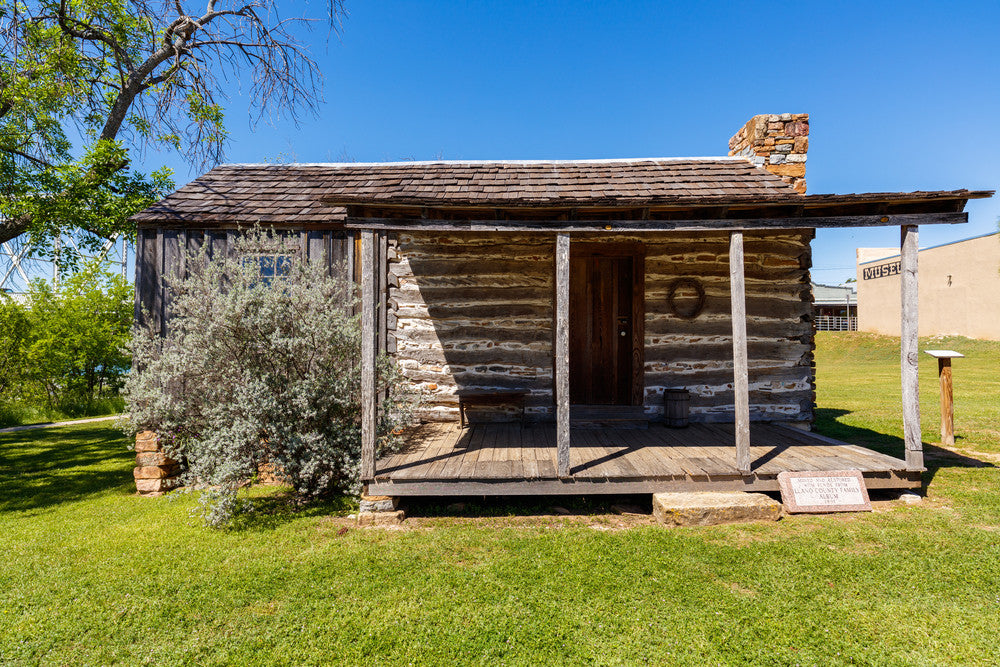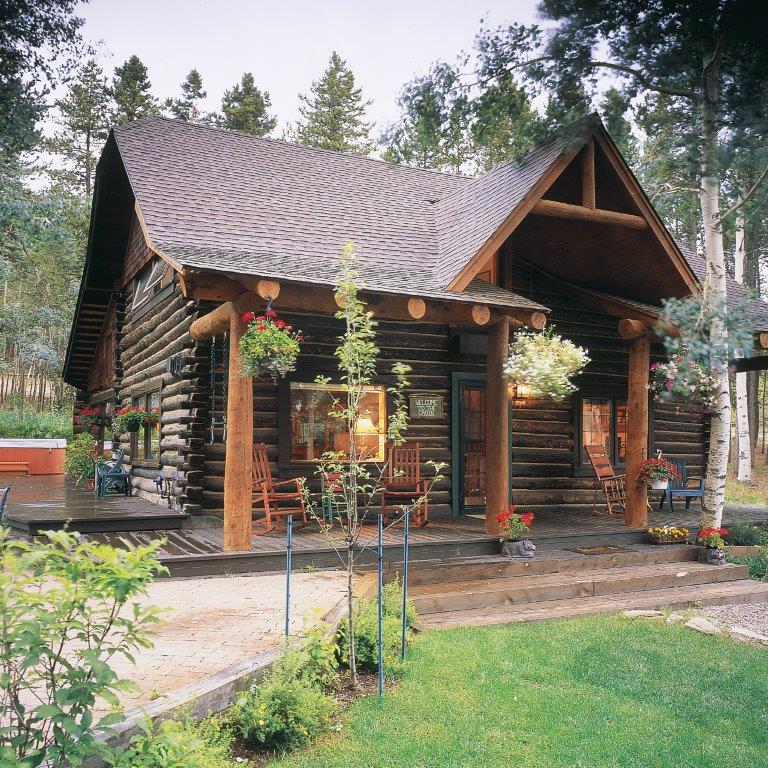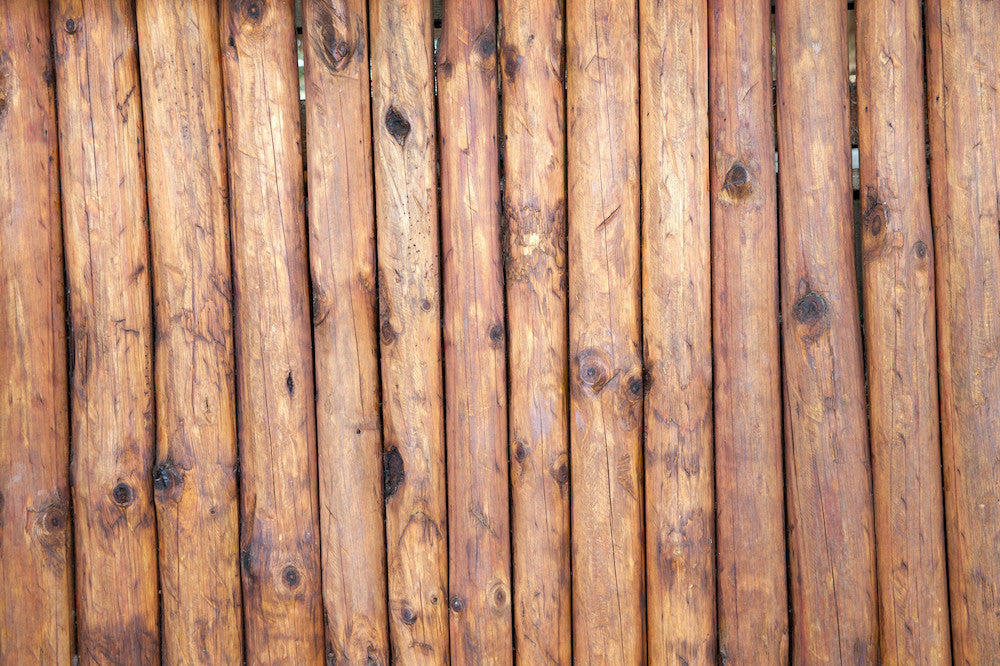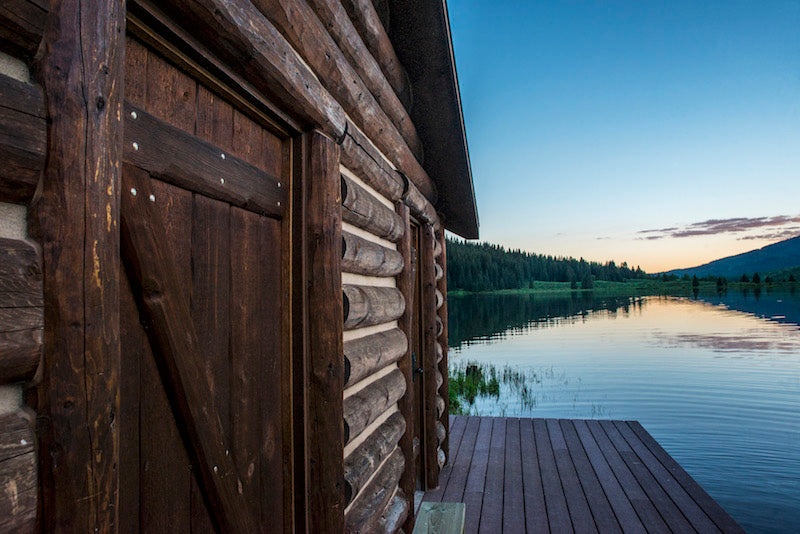Things to Keep in Mind During Log Home Restoration

Restoring a log home to great condition can be a lot of back breaking work, but it’s well worth it. All kinds of damage can be repaired, as well as prevented for the future. From carpenter bees to water damage, here’s what you should know about log home restoration, maintenance, and damage prevention.
Protecting Your Brand New Log Home from Potential Damage
A newly-built log home is pristine, but it will need regular maintenance and good upkeep to protect it from damage in the future. Whether your log home is your full-time residence or a part-time vacation home, the first step in maintenance is to visually inspect the exterior closely twice a year. The best times to do this are during the spring and the fall.
Some of the things you’ll want to check for include:
- Clogged gutters, especially in the spring;
- Leaking or dripping outdoor spigots, which can create excess moisture near outside walls;
- Water, moisture, and wood rot around the dormers;
- Cracks or separations in the logs themselves, and their caulking or chinking;
- Dark spots on the wood that indicate mold growth or decay.
If you find any of these issues during your spring or fall inspection, you’ll need to address them right away. You can either handle it yourself, or hire a log home maintenance professional. If you leave the problem unattended through the summer and fall, it will become too late in the season to do anything about it, due to winter weather.
Dealing with Mold, Wood Rot, & Water Damage
Mold, wood rot, and water damage are often detectable on log homes via dark spots on the wood. These issues need attention as soon as possible to prevent the problem from escalating. For small amounts of decay, you can use something like trisodium phosphate on the affected area. Once it dries, you can apply borate solution. Then, seal the area to prevent water from collecting again in the future.
If the wood rot goes beyond simply being minor surface decay, you can still fix it. First, assess how deeply it has penetrated into the log. If it is beneath the surface, you will need to cut away the face of the log to a depth of about 1 ½”. Then, put on a new matching face. The new log face can be attached with wood epoxy and concealed screws. Once it’s stained, it will blend right in with the original logs. If the rot runs too deep, however, you may have to replace an entire log.
Log Home Restoration for Faded Staining
If the stain on your log home is worn down or discolored from sun exposure, you may need to remove it and restain the logs. Many professionals use media blasting with glass. The logs are thoroughly sanded and cleaned off with an air compressor before being treated with a new water-based or latex-based stain.
Protecting Your Log Home from Insects & Wildlife
Log homes can also sustain damage from insects and other wildlife. Some insects are wood-boring and inhabit the wood, while others ingest the wood. For wood-eating insects, a borate solution can be applied to the entire exterior as a pesticide. However, since this only kills insects that ingest the wood, it’s not effective against carpenter bees and other insects that make their homes in wooden structures but don’t ingest it. When you see individual carpenter bee holes, you should treat them with special insecticides designed for these types of insects.
Getting Ready for Log Home Restoration
An old, worse-for-wear log home can be restored to its former glory with a little TLC and ongoing maintenance. Damage from water, insects, and other natural elements can often be identified and repaired.





